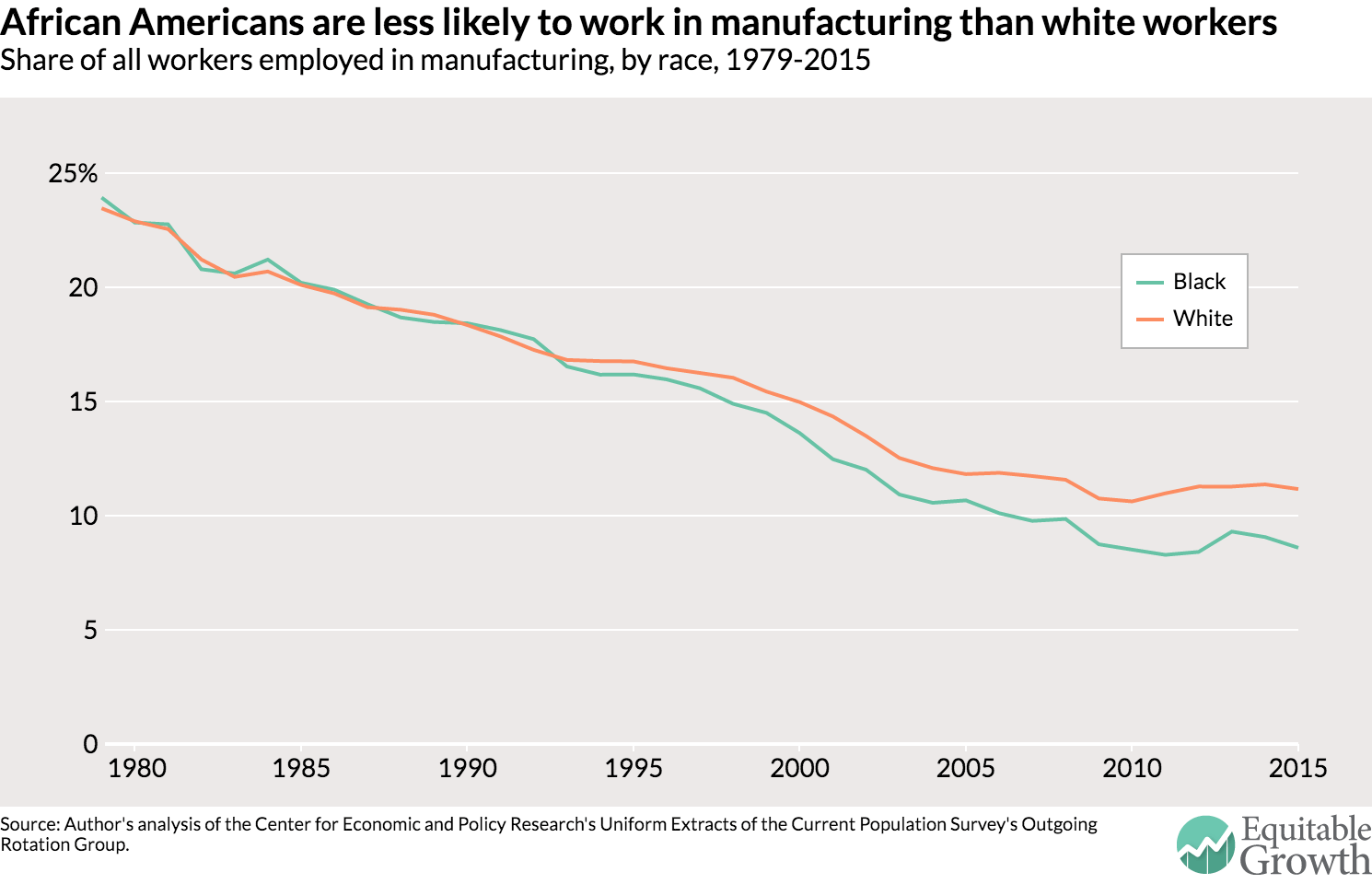Must-Read: Juan Linz’s “The Perils of Presidentialism” is a rather good analysis of Richard Nixon and his situation, but a rather bad analysis of Barack Obama and his. In a way, the McConnell-Boehner-Ryan strategy, taken over from the Gingrich playbook, was based on Linz: Block everything Obama attempts, they decided, and then his supporters who have an exaggerated idea of his power will turn against him, and we will rise to power:
: The Perils of Presidentialism: “Given his unavoidable institutional situation…
…a president bids fair to become the focus for whatever exaggerated expectations his supporters may harbor. They are prone to think that he has more power than he really has or should have, and may sometimes be politically mobilized against any adversaries who bar his way. The interaction between a popular president and the crowd acclimating him can generate fear among his opponents and a tense political climate…. In the absence of any principled method of distinguishing the true bearer of democratic legitimacy,, the president may use ideological formulations to discredit his foes; institutional rivalry may thus assume the character of potentially explosive social and political strife….
This analysis of presidentialism’s unpromising implications for democracy is not meant to imply that no presidential democracy can be stable; on th contrary, the world’s most stable democracy–the United States–has a presidential constitution. Nevertheless… the odds that presidentialism will help preserve democracy are… less favorable…. The best type of parliamentary constitution… [needs] a prime-ministerial office combining power with responsibility… [to] help foster responsible decision-making and table governments… encourage genuine party competition without causing undue political fragmentation…. Finally… our analysis establishes only probabilities…. In the final analysis, all regimes… must depend… upon the support of society at large… a public consensus which recognizes as legitimate authority only that power which is acquired through lawful and democratic means… on the ability of their leaders to govern, to inspire trust, to respect the limits of their power, and to reach an adequate degree of consensus. Although these qualities are most needed in a presidential system, it is precisely there they are most difficult to achieve…
Looking at Obama’s 53% approval rating and contrasting it with GWB’s 28%, it has, obviously, not worked out that way. Instead, it is McConnell and Boehner and Ryan’s supporters–not the president’s–who had exaggerated expectations that were disappointed by reality, and have now turned against their putative leaders and representatives.



